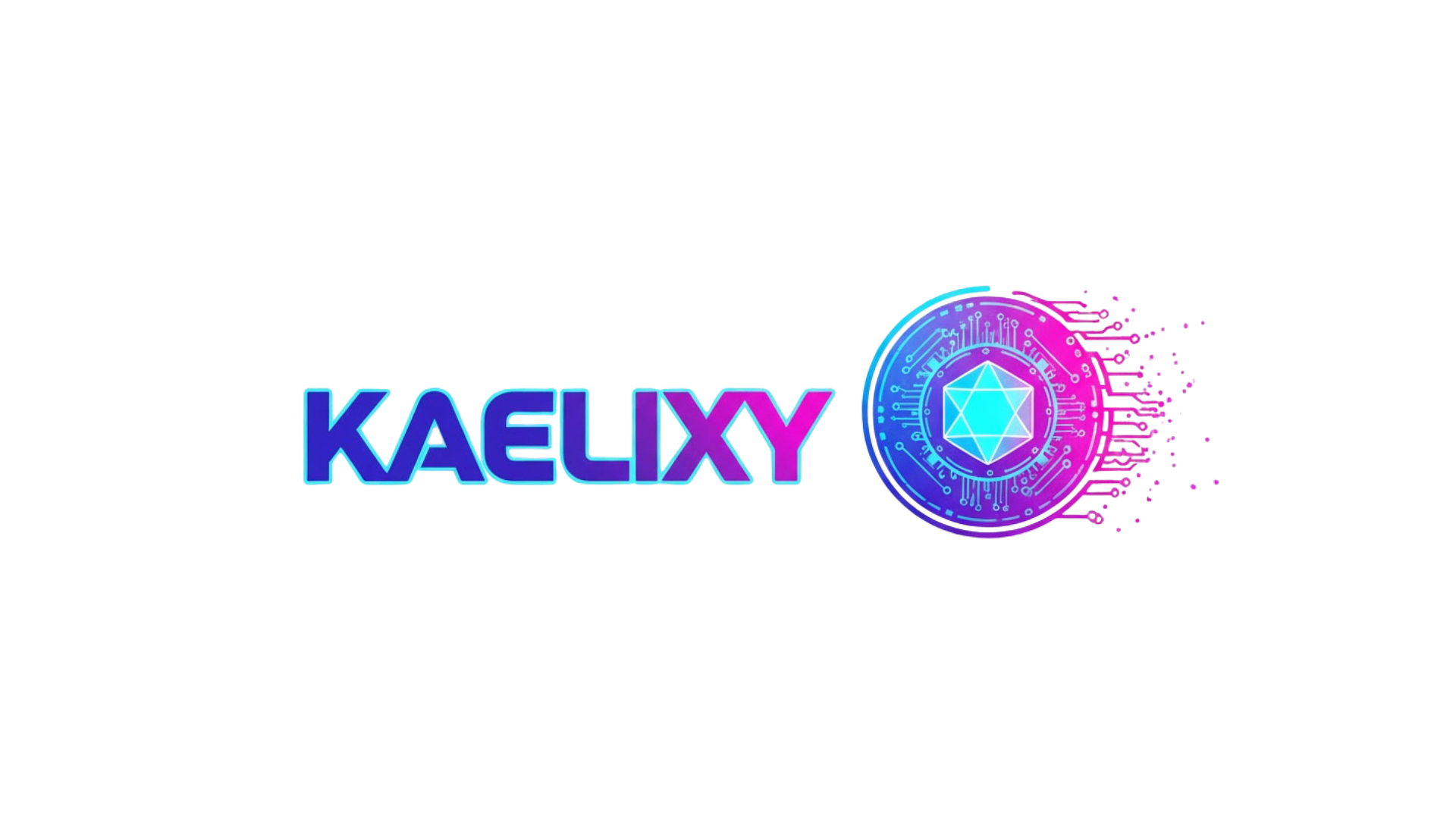Mindful consumption isn’t about deprivation—it’s about making intentional choices that align with your values, enhance your well-being, and create a more meaningful lifestyle.
In today’s world of endless options, constant advertising, and one-click purchases, we’ve become accustomed to consuming without thinking. We buy things we don’t need, eat food that doesn’t nourish us, and spend time on content that doesn’t enrich our lives. This automatic consumption pattern drains our resources, clutters our spaces, and leaves us feeling unfulfilled despite having more than ever before.
Mastering mindful consumption represents a fundamental shift in how we interact with the world around us. It’s about pausing before purchasing, questioning our impulses, and choosing quality over quantity in every aspect of life. This practice extends beyond material goods to encompass how we consume media, food, experiences, and even our own time and energy.
🧠 Understanding the Psychology Behind Consumption Patterns
Before we can change our consumption habits, we need to understand why we consume the way we do. Our brains are wired to seek instant gratification, and modern marketing has become exceptionally skilled at triggering our impulse responses. Every advertisement, every sale notification, every “limited time offer” is designed to bypass our rational thinking and trigger an emotional response.
The dopamine hit we get from making a purchase or acquiring something new creates a temporary sense of satisfaction. However, this feeling quickly fades, leading to a cycle of continuous consumption in search of that next high. This hedonic treadmill keeps us perpetually chasing happiness through external means rather than finding contentment within ourselves.
Research shows that experiences bring more lasting happiness than material possessions, yet we often default to buying things because they’re tangible and immediately available. Understanding this psychological mechanism is the first step toward breaking free from unconscious consumption patterns.
🌱 The Foundation: Building Your Mindful Consumption Framework
Creating a sustainable approach to mindful consumption requires establishing a personal framework that guides your decisions. This isn’t about following rigid rules but rather developing a flexible system that reflects your individual values and priorities.
Identifying Your Core Values
Start by clarifying what truly matters to you. Is it financial freedom? Environmental sustainability? Supporting local businesses? Minimizing waste? Your values will serve as a compass for all consumption decisions. When you’re tempted by a purchase or opportunity, you can ask yourself whether it aligns with these core principles.
Write down your top five values and keep them visible. This simple act of defining what’s important creates a filter through which all consumption choices must pass. When a potential purchase conflicts with your stated values, the dissonance becomes immediately apparent.
The 30-Day Rule for Material Purchases
One of the most effective habits for curbing impulsive buying is implementing a waiting period. When you want to purchase something that isn’t essential, add it to a list and commit to waiting 30 days. If you still want it after this cooling-off period, and it aligns with your values and budget, then proceed with the purchase.
This simple practice accomplishes several things simultaneously. It prevents impulse purchases driven by emotion rather than need. It gives you time to research alternatives and find better options. Most importantly, it reveals how many things we think we “need” are actually fleeting wants that lose their appeal once the initial excitement fades.
🍽️ Mindful Food Consumption: Nourishment Over Entertainment
Our relationship with food has become increasingly dysfunctional in modern society. We eat while distracted, consume processed foods without considering their impact, and use eating as entertainment or emotional regulation rather than nourishment. Bringing mindfulness to our food consumption can transform our health, reduce waste, and deepen our appreciation for what sustains us.
The Practice of Intentional Eating
Mindful eating means paying full attention to the experience of eating and drinking. This involves eliminating distractions during meals—no phones, no television, no work. Instead, focus on the colors, textures, aromas, and flavors of your food. Notice how your body responds, recognizing hunger and fullness cues that we often override when eating unconsciously.
Start with one mindful meal per day. Sit down at a table, remove distractions, and eat slowly. Chew thoroughly and pause between bites. This practice not only improves digestion but also increases satisfaction, often leading to consuming less while enjoying food more.
Strategic Meal Planning and Food Waste Reduction
Planning your meals in advance represents a powerful form of mindful consumption. It prevents impulse grocery purchases, reduces food waste, saves money, and ensures you’re eating according to your health goals rather than whatever happens to be available when hunger strikes.
Dedicate one hour each week to planning meals and creating a shopping list. Check your pantry and refrigerator first to use what you already have. This simple habit can reduce your grocery spending by 25-30% while significantly decreasing food waste.
📱 Digital Consumption: Reclaiming Your Attention
Perhaps no area of modern life demands more mindful consumption than our digital habits. We’re consuming information, entertainment, and social media at unprecedented rates, often without awareness of how it affects our mental health, productivity, and relationships.
Conducting a Digital Audit
Most smartphones now include screen time reports that reveal exactly how you’re spending your digital hours. Review this data honestly. Are you spending three hours daily on social media? Is that aligned with your values and goals? This awareness alone can be transformative.
Identify apps and digital activities that add genuine value to your life versus those that simply consume time without contributing to your well-being. Delete or remove apps that don’t pass this test. Use built-in tools to set time limits on those that remain.
Creating Digital-Free Zones and Times
Establish boundaries around when and where digital consumption occurs. Common examples include keeping phones out of the bedroom, making meals device-free, or implementing a digital sunset where screens are turned off an hour before bed. These boundaries protect your most important resources: sleep, relationships, and present-moment awareness.
Consider designating one day per week as a digital sabbath—a complete break from non-essential technology. This regular reset helps maintain perspective on what truly matters and prevents technology from becoming the default backdrop of your entire life.
💰 Financial Mindfulness: Spending with Purpose
Money represents stored time and energy. Every dollar you spend is actually a portion of your life that you traded for that currency. Viewing money through this lens immediately shifts how we approach spending decisions.
Implementing the Value-Per-Use Calculation
Before making purchases, especially larger ones, calculate the cost per use. A $200 jacket that you’ll wear 100 times costs $2 per wear, while a $50 jacket worn only 10 times costs $5 per wear. This framework helps identify true value rather than being swayed by initial price alone.
This calculation works particularly well for experiences versus possessions. That $500 course you take weekly for a year costs less per use than many items we purchase without hesitation. Quality items used frequently almost always provide better value than cheap items that sit unused.
Tracking Your Spending Patterns
You can’t change what you don’t measure. Track every expense for at least one month to identify where your money actually goes. Most people are shocked to discover how much they spend on small, thoughtless purchases that add up to significant amounts.
Use budgeting apps or simple spreadsheets to categorize expenses. Look for patterns—do you overspend on convenience foods when stressed? Make impulse purchases late at night? Understanding your triggers allows you to address the root causes rather than just the symptoms.
🏠 Creating a Mindful Living Environment
Your physical environment profoundly influences your mental state and consumption patterns. A cluttered, chaotic space promotes mindless consumption as we search for the next thing to provide satisfaction. A thoughtfully curated environment, by contrast, encourages contentment and intentionality.
The One-In-One-Out Principle
Adopt a simple rule: whenever something new comes into your home, something else must leave. This prevents accumulation and forces you to consider whether a new item is truly worth the space it will occupy. It also makes you more selective about incoming purchases since each one requires a decision about what to remove.
Apply this principle broadly—books, clothing, kitchen items, technology, and more. The practice cultivates appreciation for what you already own while preventing the creep of clutter that gradually diminishes your living space.
Designing Spaces That Support Your Values
Arrange your environment to make mindful choices easier and mindless consumption harder. If you want to read more, create an inviting reading nook with good lighting and keep books visible. If you’re trying to reduce screen time, charge devices outside your bedroom. Your environment should be architected to support your intentions rather than undermine them.
Remove temptations and add friction to unwanted behaviors. Unsubscribe from marketing emails. Delete stored payment information from shopping sites. Create physical and digital environments that align with your mindful consumption goals.
🌍 Sustainable Consumption: Thinking Beyond Yourself
Mindful consumption naturally extends to considering the broader impact of our choices. Every purchase has ripple effects—environmental costs, labor conditions, community impact, and resource depletion. Consuming mindfully means factoring these considerations into our decisions.
Choosing Quality and Durability
Fast fashion and planned obsolescence have trained us to expect cheap, disposable goods. Breaking this cycle means investing in higher-quality items built to last. While the upfront cost may be higher, the long-term value—both financial and environmental—is typically far superior.
Research products before buying. Look for companies with transparent supply chains, quality materials, and repair services. The most sustainable item is the one you don’t need to replace for many years.
Embracing the Circular Economy
Before buying new, consider whether you can borrow, rent, or buy secondhand. Many items we purchase are used infrequently—tools, special occasion clothing, sporting equipment. Sharing economy platforms and secondhand marketplaces provide access without ownership, reducing overall consumption while meeting genuine needs.
When you no longer need something, ensure it finds a second life through donation, resale, or creative repurposing. This closes the loop, keeping items in use longer and reducing demand for new production.
🎯 Practical Implementation: Your 30-Day Mindful Consumption Challenge
Knowledge without action remains merely interesting information. Here’s a structured approach to implementing these principles over the next month:
- Week 1: Awareness—Track all consumption (purchases, food, media, time) without judgment. Simply observe your patterns.
- Week 2: Values—Define your core values and evaluate current consumption against these principles. Identify major misalignments.
- Week 3: Experimentation—Implement one new habit in each category (material goods, food, digital, financial). Start small and specific.
- Week 4: Refinement—Assess what’s working, adjust what isn’t, and commit to the practices you’ll continue long-term.
Don’t attempt to change everything simultaneously. Sustainable transformation comes through gradual implementation of new habits that build upon each other over time.
✨ Measuring Success Beyond Material Metrics
Traditional measures of success emphasize accumulation—more money, more possessions, more experiences. Mindful consumption invites different metrics: How often do you feel genuinely content? How much mental space do you have for creativity and connection? How aligned are your daily choices with your deepest values?
Track qualitative indicators like stress levels, relationship quality, and sense of purpose alongside quantitative measures like money saved or items decluttered. Often, the most significant benefits of mindful consumption are the intangibles—peace of mind, clarity, and authentic satisfaction.

🔄 Making Mindful Consumption Your Default Setting
The ultimate goal is transforming mindful consumption from a deliberate practice into your natural way of being. This happens gradually as new neural pathways form and conscious choices become automatic habits. The pause before purchasing becomes instinctive. Checking alignment with your values happens naturally. Contentment with what you have becomes your baseline rather than constant wanting.
This transformation requires patience and self-compassion. You’ll make impulsive purchases, fall back into old patterns, and occasionally consume mindlessly. That’s completely normal. What matters is the overall trajectory—are you more mindful today than you were six months ago? Are your default behaviors gradually shifting toward greater intentionality?
Celebrate progress rather than demanding perfection. Each mindful choice reinforces the habit, making the next one slightly easier. Over time, these accumulated decisions compound into a fundamentally different relationship with consumption—one characterized by intention, satisfaction, and alignment with your deepest values.
Mastering mindful consumption elevates your lifestyle not by adding more, but by ensuring that everything you consume—whether material goods, food, media, or experiences—genuinely serves your well-being and reflects who you want to be. This is the path to sustainable satisfaction in a world designed to keep you perpetually wanting more.
Toni Santos is an eco-spirituality researcher and planetary healing writer exploring how earth-based rituals, nature-centred philosophy and sacred ecology reconnect humanity with the living planet. Through his work on environment, consciousness and ritual, Toni examines how our relationship with Earth influences our awakening and actions. Passionate about land-wisdom, ritual practice and ecological integration, Toni focuses on how spiritual life can emerge from ecological awareness and how healing flows from land, water and community. His work highlights the union of ecology, mind and spirit — guiding readers toward a more grounded, relational, and sacred life. Blending ritual studies, environmental philosophy and ecological design, Toni writes about the human-earth story — helping readers understand how living systems, community and meaning intertwine in planetary healing. His work is a tribute to: The sacred connection between humanity and Earth’s living systems The power of ritual to rekindle land-memory and collective renewal The vision of ecology as sacred, relational and transformational Whether you are a ritual practitioner, ecological thinker or planet-healer, Toni Santos invites you to explore the path of planetary awakening — one ritual, one ecosystem, one transformation at a time.




